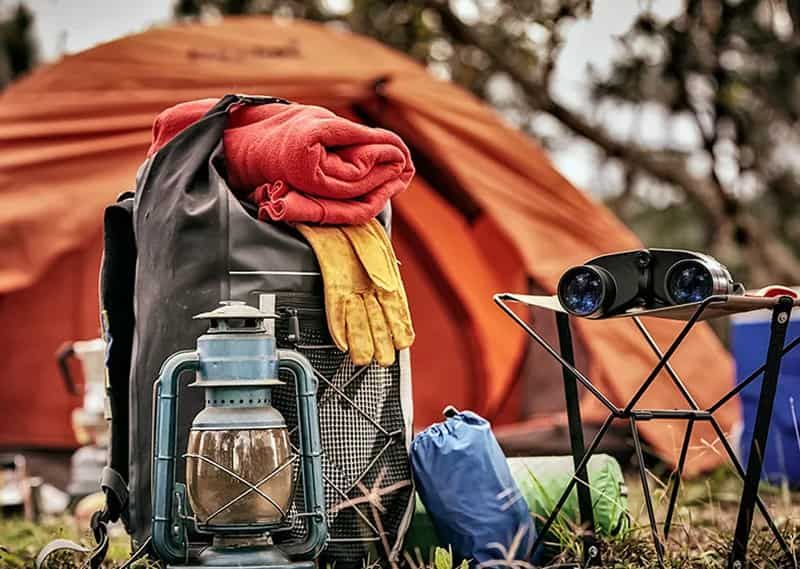The Easiest and Most Secure Method to Clear the DrainPipe System
Cleaning out your drain system is important in order to avoid water damages, unacceptable odors and to maintain a healthy environment. Attempting to clean a drain system covered in dirt or clogged can look scary if you do not have the right starting place. Fortunately, clogged drains don’t necessarily need to be complicated to clear them out and are safe to do so. In this article, we discuss simple and efficient means of keeping your drain system in good condition without using dangerous chemicals or much effort.

Understand Your Drain System
Prior to your process, it is convenient that you understand the arrangement of your drain system and how it helps to work. A residential building will also have gutters, downspouts, sewer lines, and floor drains in its drainage system to funnel water clear away from your property. Cloggages are in most cases due to material build up from leaves dirt grease or soap scum. When you identify this specific region of the blockage, it is easier to understand what to do after.
You also need to prepare the proper equipment. The gear required includes rubber gloves, a sturdy ladder (to climb to gutters), a drain snake or pipe auger, a garden hose, a pail, and goggles. They will protect you and also facilitate effective work.
Start with Surface Cleaning
The easiest part to begin with is the open parts of your drain system, such as downspouts and gutters. These will fill up with leaves, twigs, and other obstructions as time goes on, especially following a rainstorm or when the seasons are changing.
To clean the gutters, start by positioning a sturdy ladder on the ground. Keep someone around as a precaution against any accident. Wear gloves to protect hands against sharp objects and insects and flush out the buildup manually into a pail. Employ a gutter scoop or gutter cleaning tool on hard deposits.
After clearing out most of the debris, use a garden hose to finish up. Start at the far end of the downspout from the house and move towards the downspout to flush out any remaining debris. Check to make water drain freely from the downspout by observing the water on the bottom. If it is clogged, a plumber's auger or a flexible cleaning rod will typically solve it.
Treating Drain Pipes and Floor Drains
For an indoor or basement drain, pour hot water down the drain first. This will melt the grease or the soap scum. Drain chemicals are never to be used because they also rust pipes and are toxic to humans as well as the environment.
If hot water does not unclog the blockage, then test using a natural cleaner by mixing baking soda and vinegar. Begin by adding half a cup of baking soda down the drain and a cup of white vinegar. Cover the drain using a towel or a drain cover to keep the reaction contained for about 15 minutes. Finish by rinsing with hot water. This is safe to do on minor blockages and maintenance.
For an extremely stubborn clog, a drain snake may have to be used. Insert the snake into the pipe and rotate it back and forth to dig through cloggy material. Pull out tool occasionally to clean out material it has picked up and keep repeating until the clog disappears.
To clean floor drains, which are found most commonly in basements and garages, begin by removing the grate. Remove any dirt or grime you can visually see from it and flush it out with hot water. Cleaning in the surrounding area regularly will help keep excessive debris out of the drain in the first instance.
Preventative Maintenance Tips
After completing the drain system cleaning process, a few additional things will also need to be done to keep it functioning optimally in the long term. Gutter guards should be installed to stop leaves and other obstructions from entering the gutters. In the kitchen area, a sink strainer can be used to trap food particles and grease. In bathrooms, hair catchers are to be used to keep hair from clogging drain showers.
Also inspect the indoor and outdoor drains on a routine basis and correct any issues before they become serious. The spring and fall cleanings are also required so as not to have too much debris causing a problem.
 Disclaimer:
Disclaimer:
The content provided on our blog site traverses numerous categories, offering readers valuable and practical information. Readers can use the editorial team’s research and data to gain more insights into their topics of interest. However, they are requested not to treat the articles as conclusive. The website team cannot be held responsible for differences in data or inaccuracies found across other platforms. Please also note that the site might also miss out on various schemes and offers available that the readers may find more beneficial than the ones we cover.
Featured Articles
-
 Home & Garden
Home & GardenHow to Create a Low-Maintenance Vegetable Garden
-
 Automotive
AutomotiveWhy Even Skilled Drivers Must Avoid These Dangerous Habits
-
 Finance
FinanceSeven Credit Card Blunders That You Should Never Commit
-
 Health & Wellness
Health & WellnessUnderstand and Tame Tinnitus When Your Ears Just Won’t Stop Ringing
-
 Travel
TravelUnveil the Most Wallet-Friendly Ways to Get Around for Any Thrifty Explorer
-
 Travel
TravelCamp Safety Rules All Campers Must Learn




